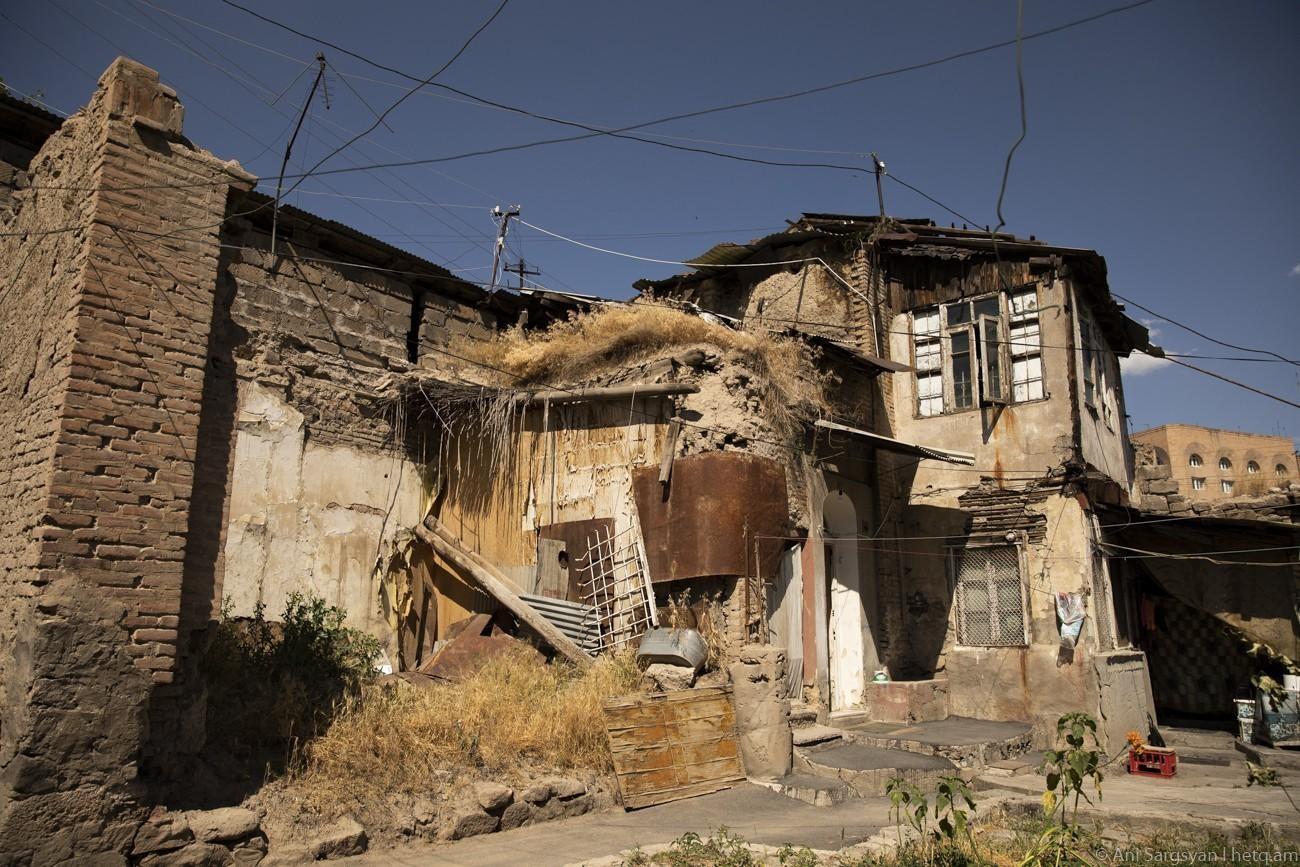
Yerevan’s Firdus District: A Shady Development Deal Under the Guise of Eminent Domain
Artist Ara Shahumyan is a resident of Yerevan’s Firdus district. He’s joined the Firdus District Defense Initiative, a group fighting for the preservation of the old district in downtown Yerevan.
He believes that the entire process to demolish the area and turn it into a new commercial and residential neighborhood is rife with violations, spurred on by questionable business interests working behind the scene.
Shahumyan believes that these interests have consciously portrayed the area as dilapidated, a rat-infested garbage dump in need of rebuilding.
He argues that the Constitution has been violated under the guise of eminent domain and that the property rights of residents are being trampled underfoot.
"The concept of eminent domain is of prime importance when constructing a roadway or station, but not for evicting us and handing everything over to an oligarch. This is the operable culture that has entered our economic, political, oligarchic system for 30 years,” Shahumyan told Hetq.
Today, he participated in a press conference in the Firdus district organized by the defense group. When asked by reporters what percentage of residents oppose the project, Shahumyan replied that there are many like him who are not only fighting to retain their homes but also to change the government’s approach to urban development issues.
Hayk Martirosyan, a representative of the Transparency International Anti-Corruption Center (TIACC), was on hand at the press conference and spoke about the legal situation surrounding the project.
Martirosyan said that the government had obviously tried to support the Firdus construction program and even issued a credit guarantee to the construction companies so that they could attract foreign loans. These contracts, he says, were not made public.
Eduard Melikyan is the founder of Dianar CJSC, a company involved in Firdus construction scheme. To give the appearance that the process was competitive, the Dianar registered 17 other companies. Melikyan, by the way, heads the executive body of Glendale Hills CJSC, a construction company operating in Yerevan.
"This process contains serious corruption risks. The companies now involved are the same that failed to achieve anything since 2006-2007 and are mired in serious corruption deals. A criminal case has been launched against the Glendale Hills regarding its work in the country’s earthquake disaster zone. These companies and their affiliates are involved in these processes," said Hayk Martirosyan.
In addition, the government refuses to disclose the financial guarantees that these organizations have provided as a guarantee for the implementation of the program.
Given this, the TIACC has filed a criminal complaint, alleging that government officials overseeing the transaction process were lax in their duties and allowed for abuses.
The TIACC argues that the State Committee for Urban Development, according to its charter, should have conducted construction tender offering the best urban development solutions. The Committee failed to do so, and the government failed to act on these infractions.
"Today, the government should make every effort to ensure that the process is transparent and does not involve organizations involved in previously corrupt transactions․ Instead, we see the exact opposite happening," Martirosyan adds.
Human rights activist Nina Karapetyants says that she has no expectations from law enforcement and that the issue should be resolved through public pressure.
"These old buildings and districts are needed to keep Yerevan’s aura alive. Gyumri belongs to the people of Gyumri, Vanadzor to the people of Vanadzor, but Yerevan belongs to everyone, and the character of Yerevan must be preserved,” Karapetyants says.
When asked by reporters whether Firdus residents back the construction project, Tigran Amiryan, editor-in-chief of the book Firdus: Memory of a Place, answered by referring to the early 2000’s when the neighborhood was first targeted by developers. Residential homes were demolished, and the developers warned surviving residents that they too would be eventually forced out.
Amiryan says that area residents have been under constant psychological pressure. He blames the developer for turning the neighborhood into a run-down eyesore, arguing the company has demolished sections of the area but hasn’t built anything over the past twenty years.
Anahit Simonyan, director of the Center for Human Rights Research, emphasizes that this is not about one district, but about politics and the government’s approach to urban development.
The Firdus district is not the first in Yerevan and throughout Armenia, and it will not be the last, to face such challenges, she says.
Simonyan argues that if the government is to be guided by the interests of the developer, especially one suspected of corruption, the entire process must be reviewed.
"Given such a situation, the apartment or house of each of us is at risk,” she says.
At the press conference, Simonyan announced that a letter has been sent to all parliamentary standing committees, calling on MPs to act on the Firdus matter.
Architect and historian Sergo Tonoyan points an accusatory finger at former Yerevan Chief Architect Narek Sargsyan, claiming that the whole project was his creation. Tonoyan says that Sargsyan continues to oversee urban development in the Armenian capital.
"Ask Artur Meschyan how often he meets with Narek Sargsyan and what they discuss. It is obvious that Narek Sargsyan remains the coordinator of the sphere,” says Tonoyan. (Artur Meschyan currently serves as Yerevan Chief Architect.)
Tonoyan says that such sector abuse and control have deprived the professional urban planning community and international organizations form proposing better development options for the area, a stone’s throw from Republic Square.
The Yerevan Committee for Heritage Protection will today publish a design tender package that the professional community can freely participate in the design of the area by presenting the best possible projects.
"At the moment, there is no real project. No one can claim that there is an approved project signed by the mayor and approved by the chief architect," Tonoyan says.
 Videos
Videos Photos
Photos
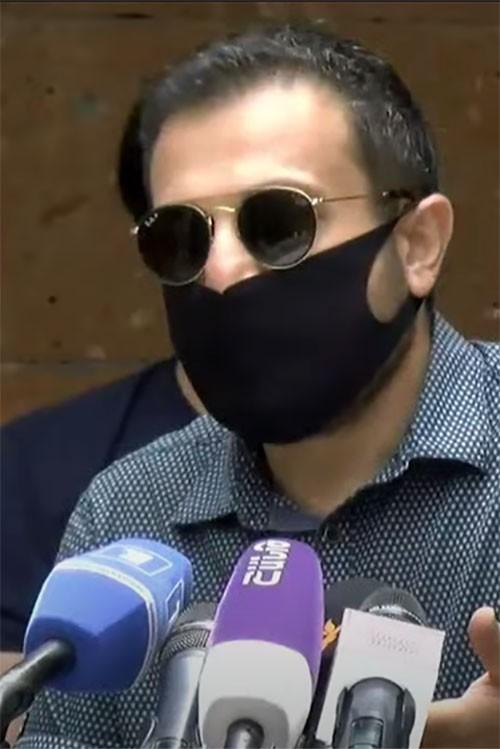
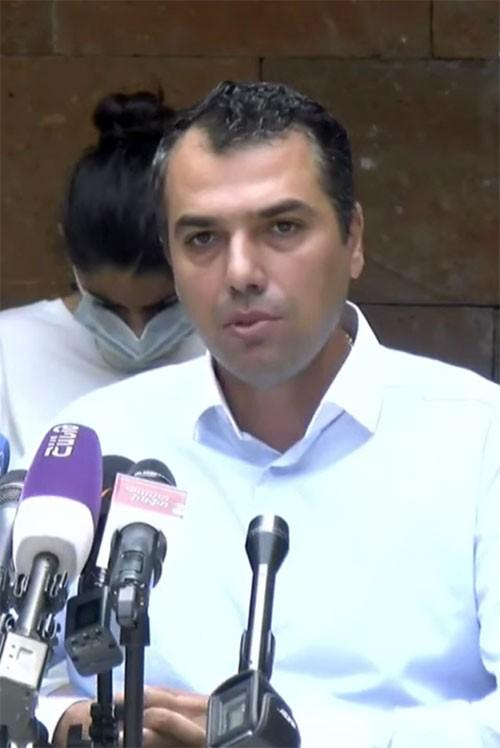
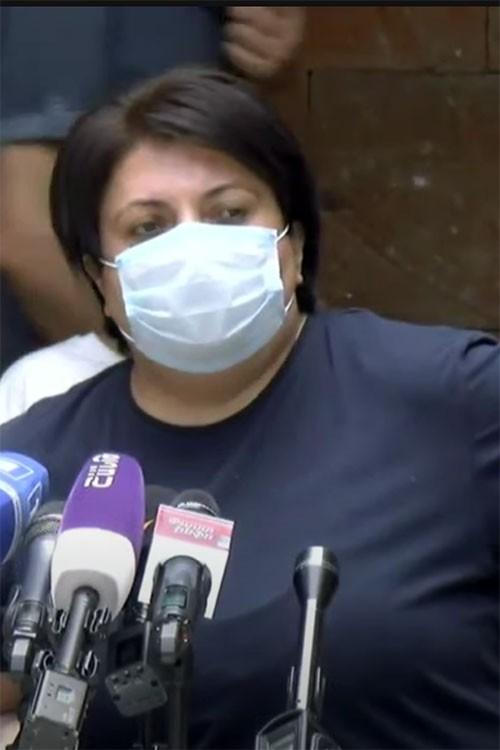
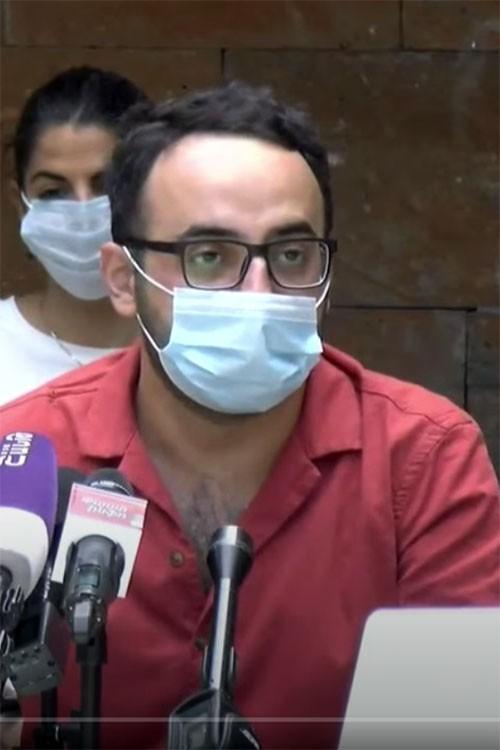
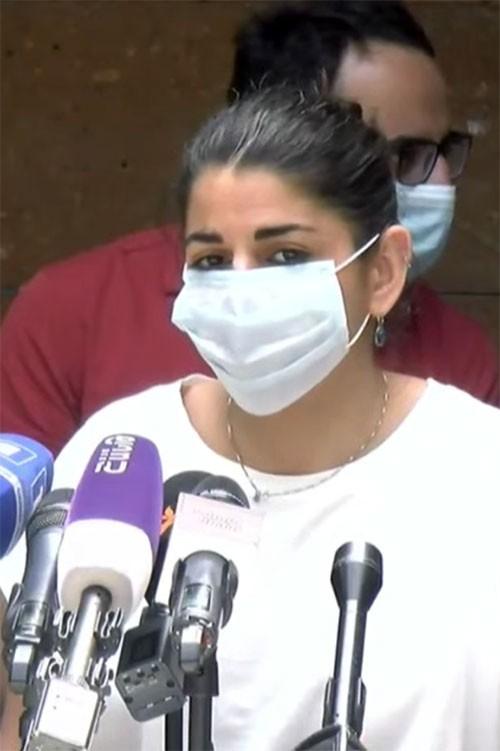
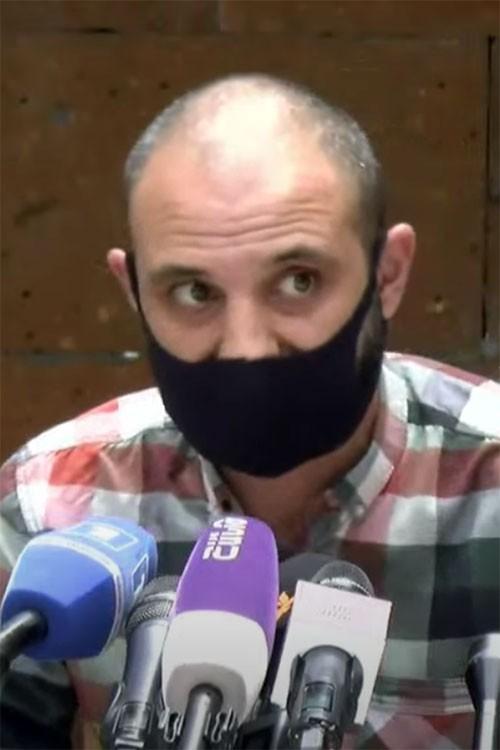
Write a comment